-
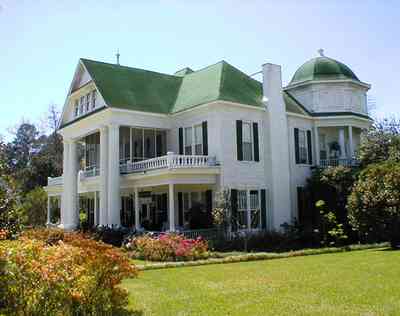
This side view of the house shows another interesting turret on the back.
-
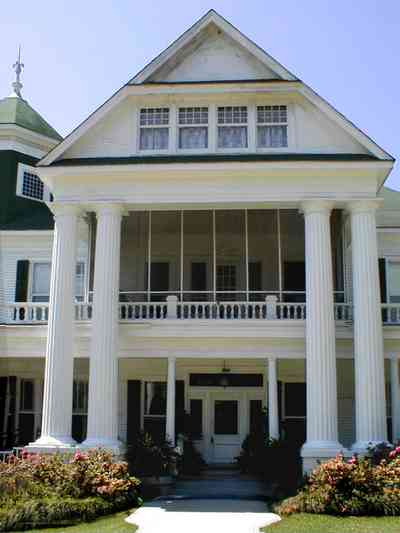
The distinguishing feature of a Neoclassical house is a portico of white classical columns, Ionic, Corinthian or Doric columns, dormer windows, and side porches are elements common to the style of the 1900's to 1940's.
-
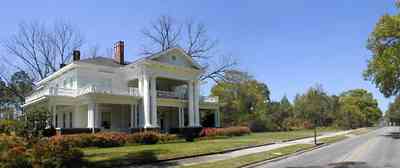
This house is built in the classical revival style.
-

The massive front pediment is flanked by clusters of columns.
-

This home is another example of classical revival style. The curved central portico gives the house a soaring grace.
-
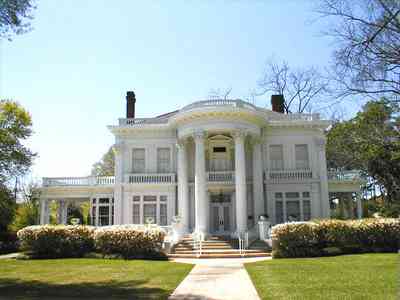
The blooming azalea's form a lace trim in the garden.
-
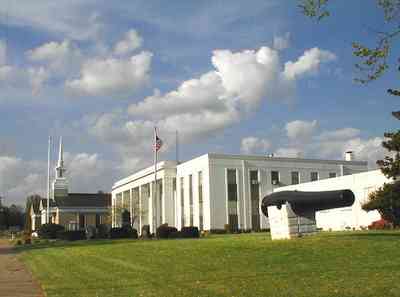
-
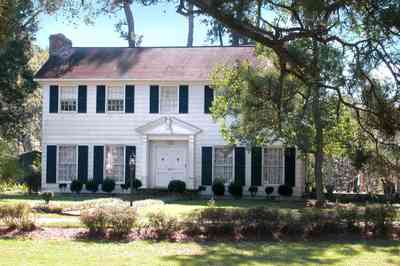
-
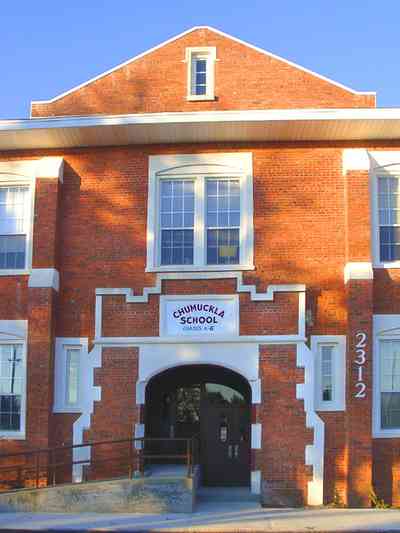
The wide, low-pitched gable surmounting the facade of the building in a classical style shows the federal influence. Units of stone are used to accentuate the corners of the building. The classical revival architectural style of the early 20th century can be seen even in the small community of Chumuckla.
-

The neoclassical style was born in the late-nineteenth century when, after decades of ornamental Victorian homes, Americans began looking fondly back to the classical styles.
-
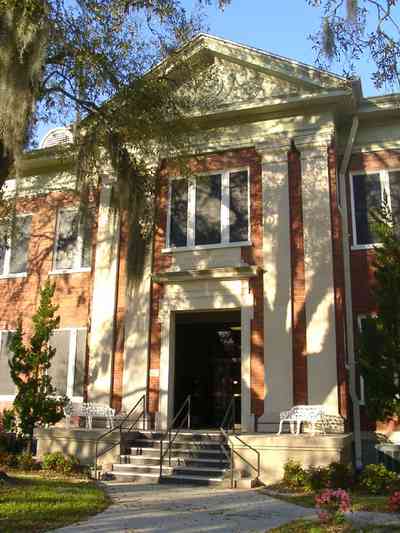
Government buildings were designed in the classic tradition during the late 19th and early 20th century.
-
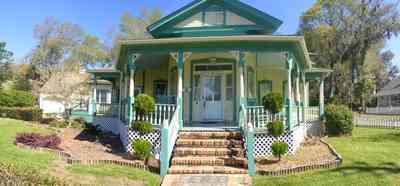
Gingerbread and classical elements combine to make the steamboat house an interesting folk Victorian home.
-
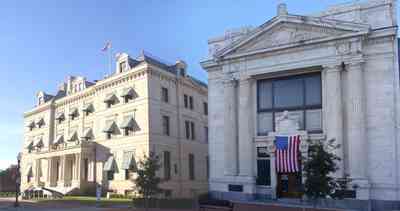
Like its neighbor, the white marble ediface of the bank building with its classical pediment follows the classical revival style of the courthouse.
-
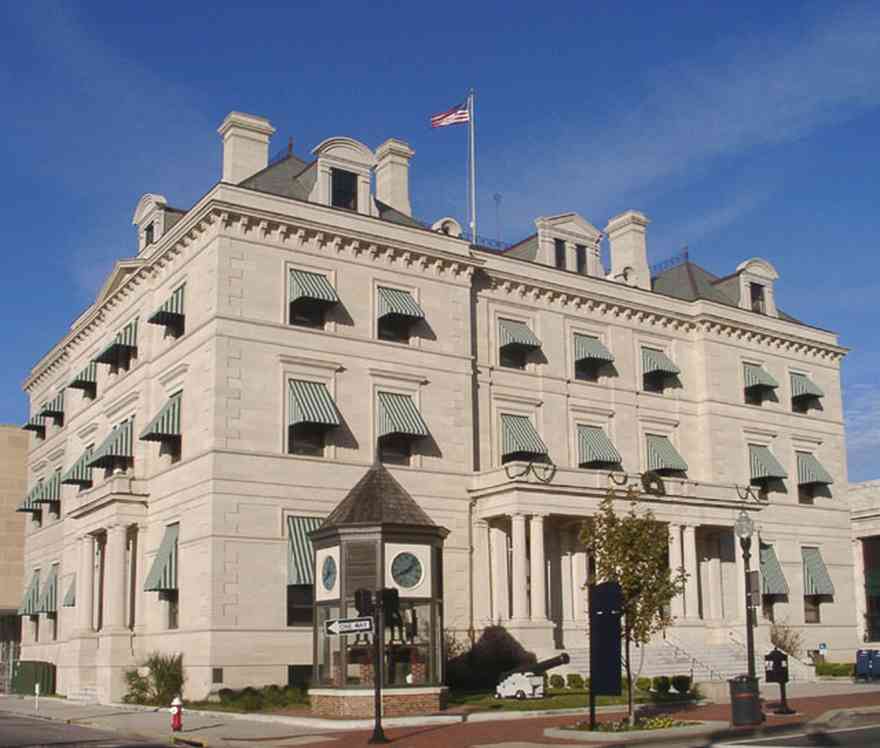
The old courthouse building is constructed of stone. Paired columns with plinths, the entrance and detailing give the courthouse its traditional classical precedents of the revival style.
-
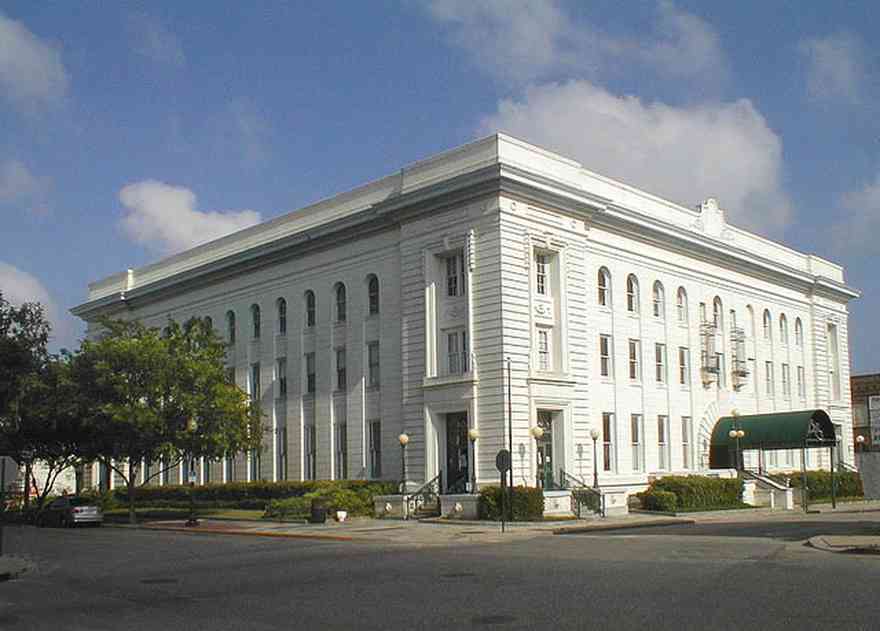
The Cultural Center is located at the corner of Jefferson and Zaragoza Street.
-

This is the north entrance of the building facing Zaragoza Street.
-
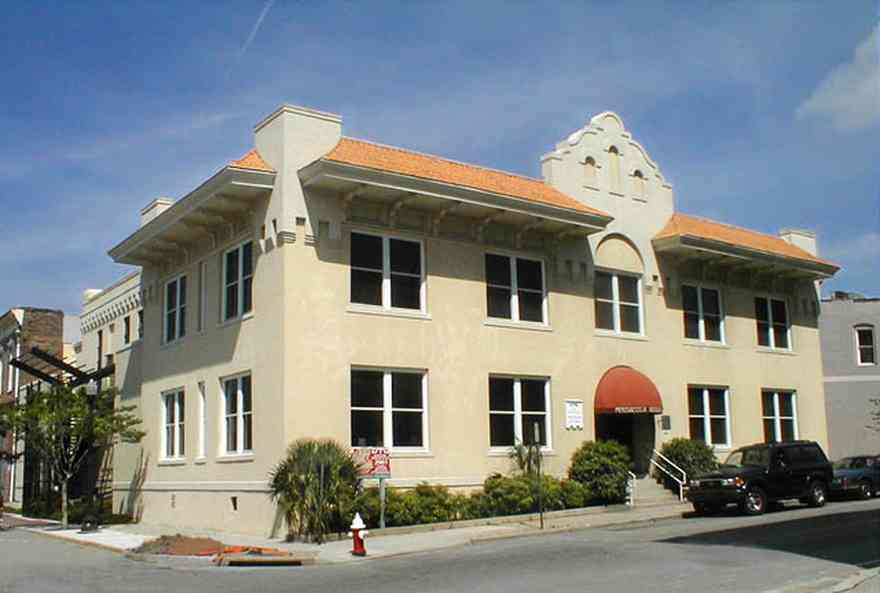
The building occupies the northwest corner of Jefferson and Main Street.
-
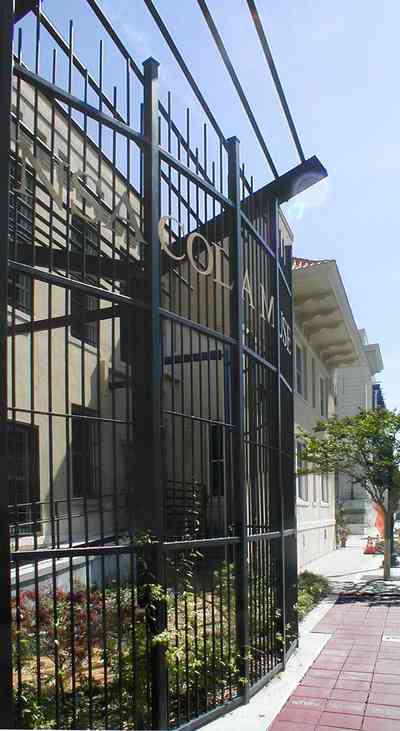
The sculpture garden faces Main Street.
-
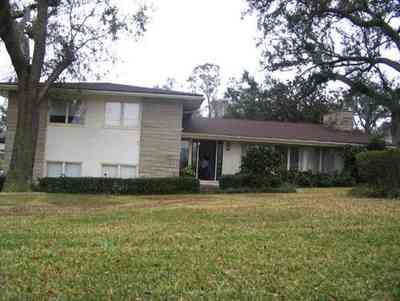
-
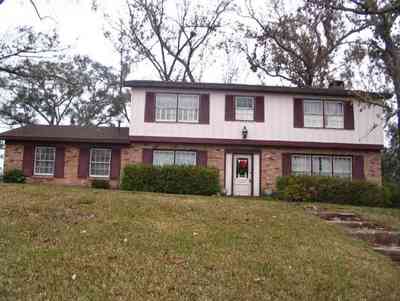
-
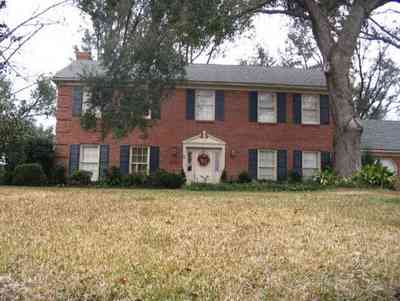
-
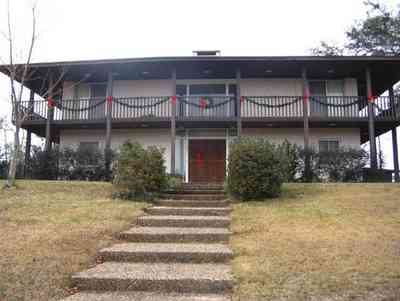
-
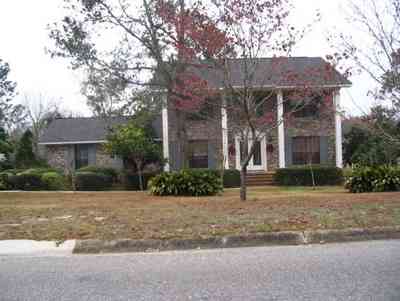
-

-
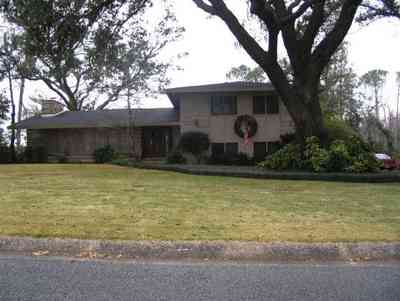
-
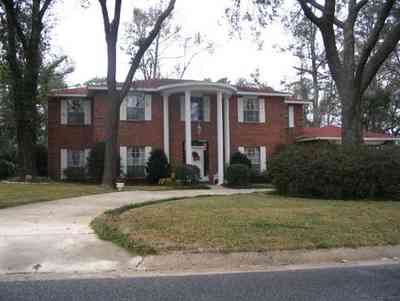

 This side view of the house shows another interesting turret on the back.
This side view of the house shows another interesting turret on the back. The distinguishing feature of a Neoclassical house is a portico of white classical columns, Ionic, Corinthian or Doric columns, dormer windows, and side porches are elements common to the style of the 1900's to 1940's.
The distinguishing feature of a Neoclassical house is a portico of white classical columns, Ionic, Corinthian or Doric columns, dormer windows, and side porches are elements common to the style of the 1900's to 1940's. This house is built in the classical revival style.
This house is built in the classical revival style. The massive front pediment is flanked by clusters of columns.
The massive front pediment is flanked by clusters of columns. This home is another example of classical revival style. The curved central portico gives the house a soaring grace.
This home is another example of classical revival style. The curved central portico gives the house a soaring grace. The blooming azalea's form a lace trim in the garden.
The blooming azalea's form a lace trim in the garden.

 The wide, low-pitched gable surmounting the facade of the building in a classical style shows the federal influence. Units of stone are used to accentuate the corners of the building. The classical revival architectural style of the early 20th century can be seen even in the small community of Chumuckla.
The wide, low-pitched gable surmounting the facade of the building in a classical style shows the federal influence. Units of stone are used to accentuate the corners of the building. The classical revival architectural style of the early 20th century can be seen even in the small community of Chumuckla. The neoclassical style was born in the late-nineteenth century when, after decades of ornamental Victorian homes, Americans began looking fondly back to the classical styles.
The neoclassical style was born in the late-nineteenth century when, after decades of ornamental Victorian homes, Americans began looking fondly back to the classical styles. Government buildings were designed in the classic tradition during the late 19th and early 20th century.
Government buildings were designed in the classic tradition during the late 19th and early 20th century. Gingerbread and classical elements combine to make the steamboat house an interesting folk Victorian home.
Gingerbread and classical elements combine to make the steamboat house an interesting folk Victorian home. Like its neighbor, the white marble ediface of the bank building with its classical pediment follows the classical revival style of the courthouse.
Like its neighbor, the white marble ediface of the bank building with its classical pediment follows the classical revival style of the courthouse. The old courthouse building is constructed of stone. Paired columns with plinths, the entrance and detailing give the courthouse its traditional classical precedents of the revival style.
The old courthouse building is constructed of stone. Paired columns with plinths, the entrance and detailing give the courthouse its traditional classical precedents of the revival style. The Cultural Center is located at the corner of Jefferson and Zaragoza Street.
The Cultural Center is located at the corner of Jefferson and Zaragoza Street. This is the north entrance of the building facing Zaragoza Street.
This is the north entrance of the building facing Zaragoza Street. The building occupies the northwest corner of Jefferson and Main Street.
The building occupies the northwest corner of Jefferson and Main Street. The sculpture garden faces Main Street.
The sculpture garden faces Main Street.







 One Tank of Gas
One Tank of Gas